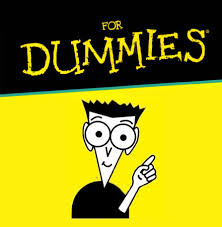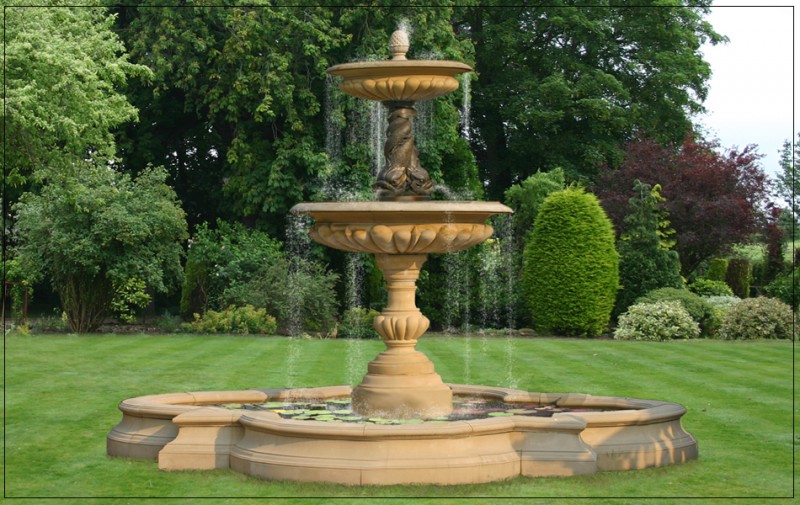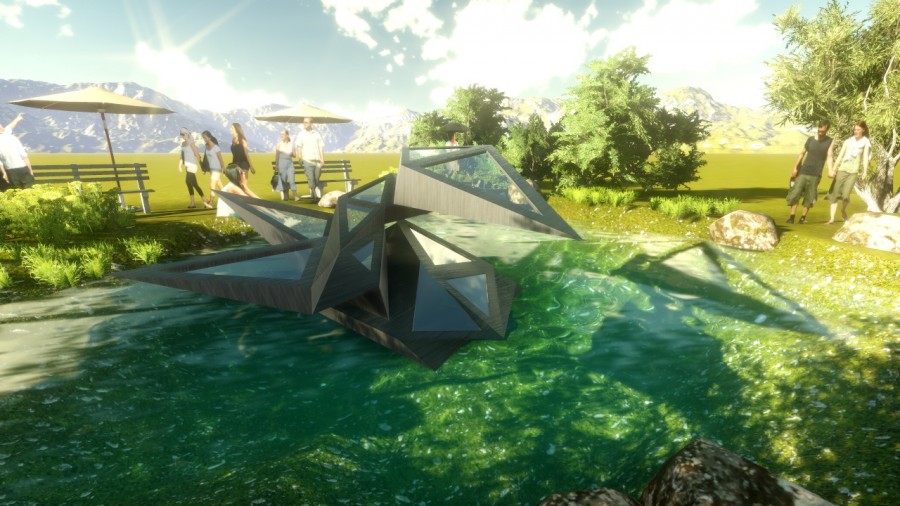
Sustainability is a well sounded word now a days and it’s important to understand what it means and question what this concept covers and until where it reaches. In this entry, I’d like to give a general introduction to what the whole concept means.
Let’s start by going with the simplest definition of the word, which basically describes itself: Sustain + Ability, meaning that something is able, or has the capability, to be sustained, upheld, or confirmed. To me, this means that something is capable of existing by itself without the help of any other external factors that support its existence over time; it means that something is independent and it only needs to keep its own system working in order to stay alive. Based on this definition, we can think any fountain as of being a sustainable thing, right?

You build the structure, design the pumping system, put some water on it, and voilà! It is independent because it doesn’t require someone refilling the water because it’s not being used again, or it doesn’t require someone to pump up the water to the upper part of the fountain again because it doesn’t have a system that does it. This fountain, as long as all the parts of its system keep working, will never stop running, meaning it is sustainable, it is able to uphold itself.
WRONG! Truth is, that there are much more aspects that need to be considered in order to claim that a fountain is sustainable.
For example, let’s think about about the water source, the materials used to create the fountain, and the energy that supplies, holds, and puts water in motion. All of these things have an environmental impact. Let’s say that the fountain’s pump requires tons of energy to keep working. This translates in CO2 emissions that damage the environment. Or let’s say that the material used to build the fountain was sourced from a factory that uses toxic procedures, or maybe they were sourced from destructing a natural area.
When talking about sustainability we need to consider other factors such as people, resources, ecosystems and the relationship between them or their components, processes, economy, nature and technology, among others.
Taking that into account, how can a fountain be sustainable then? Here’s an example:

Now that we know that the basic definition is not enough, I would like to share one of the most complete definitions I found about sustainability and that I think covers all aspects of the word:
Sustainability is defined as: “the physical development and institutional operating practices that meet the needs of present users without compromising the ability of future generations to meet their own needs, particularly with regard to use and waste of natural resources. Sustainable practices support ecological, human, and economic health and vitality. Sustainability presumes that resources are finite, and should be used conservatively and wisely with a view to long-term priorities and consequences of the ways in which resources are used.- UCLA Sustainability Committee
Now we know sustainability is not only about being able to “survive” or to be able to have a system that works by itself; it’s also about everything that surrounds it and that makes it work; it’s about the people that were involved in it’s creation before, during and after the production process; it’s about satisfying needs in a harmless way and it’s about taking care of our planet and everything that conforms it because we only have one and we need to conserve it.
Sources:
EPA. Overview of Greenhouse Gases. http://www3.epa.gov/climatechange/ghgemissions/gases/co2.html
Land Learn. What is Sustainability? http://www.landlearnnsw.org.au/sustainability/what-is-sustainability
Dictionary. Sustainability http://dictionary.reference.com/browse/sustainability
UCLA. What is Sustainability? http://www.sustain.ucla.edu/about-us/what-is-sustainability/